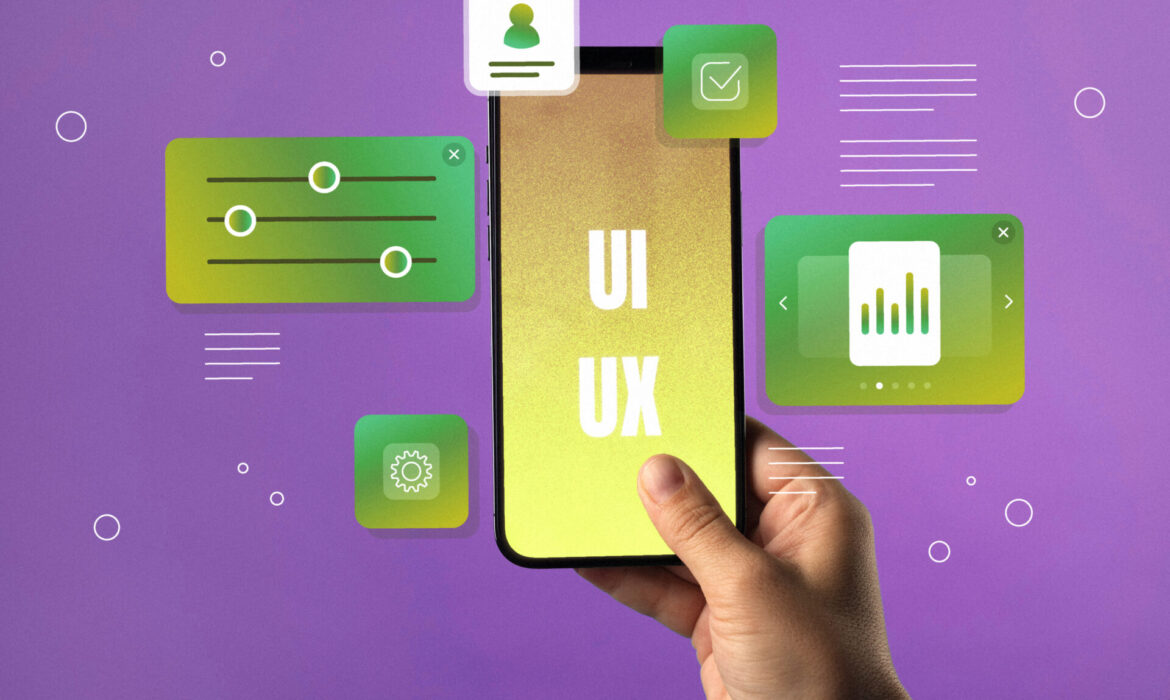The Ultimate Guide to Remote vs. In-House UI/UX Design in Australia
In the rapidly evolving landscape of UI/UX design, businesses in Australia face a critical decision when it comes to structuring their design teams: should they opt for an in-house team, working side by side in the office, or embrace the flexibility of a remote design team? This blog post will delve into the considerations, advantages, and challenges of both models to help businesses make an informed decision based on their unique needs.
The In-House Advantage
Pros:
- Immediate Collaboration: In-house teams benefit from face-to-face collaboration, fostering quick decision-making and immediate feedback loops.
- Team Cohesion: Physical proximity often leads to stronger team cohesion, enhancing communication and a shared understanding of the company’s goals.
- Cultural Alignment: Being on-site allows designers to immerse themselves in the company culture, aligning design decisions with the brand identity seamlessly.
- Spontaneous Creativity: Informal interactions in the office often spark spontaneous creative ideas, promoting a dynamic and collaborative work environment.
Cons:
- Limited Talent Pool: Depending on the geographical location, finding specialized UI/UX talent may be challenging, limiting the diversity and skill set of the team.
- Higher Costs: Maintaining an office space and covering associated costs can be financially burdensome for startups or smaller businesses.
- Less Flexibility: In-house teams may have less flexibility in work hours and arrangements, potentially limiting the pool of available talent.
The Remote Revolution
Pros:
- Global Talent Access: Remote work opens doors to a global pool of UI/UX talent, allowing businesses to tap into diverse skill sets and perspectives.
- Cost Savings: Without the need for a physical office, businesses can significantly reduce overhead costs associated with maintaining a workspace.
- Flexible Work Arrangements: Remote work offers designers the flexibility to work during their most productive hours, potentially boosting creativity and efficiency.
- Scalability: Businesses can easily scale their design teams up or down based on project requirements without the logistical challenges of office-based expansion.
Cons:
- Communication Challenges: Remote teams may face communication challenges due to differences in time zones, cultural nuances, and reliance on digital communication tools.
- Cultural Disconnect: Without physical presence, there may be a risk of a cultural disconnect between remote designers and the broader company culture.
- Potential for Isolation: Designers working remotely may experience feelings of isolation, impacting team cohesion and collaborative ideation.
Finding the Middle Ground
Hybrid Model:
Recognizing the benefits of both models, many businesses are adopting a hybrid approach. This model combines the advantages of in-house collaboration with the flexibility of remote work.
- Scheduled On-Site Days: Design teams may have scheduled on-site days for collaborative activities, meetings, and brainstorming sessions.
- Flexibility: Remote work is encouraged for tasks that require deep focus, while on-site days foster team building and immediate collaboration.
- Leveraging Technology: Virtual collaboration tools, video conferencing, and project management platforms play a crucial role in maintaining seamless communication.
Making the Decision: What’s Right for Your Business?
Considerations:
- Nature of Projects: The nature of your design projects may influence the need for immediate collaboration or flexibility.
- Company Culture: Consider the importance of your company’s culture and whether it can be effectively conveyed in a remote work setting.
- Talent Availability: Evaluate the availability of specialized UI/UX talent in your local area and globally.
- Budgetary Constraints: Assess your budget and weigh the costs of maintaining an office against the potential savings of a remote model.
Conclusion:
The decision between a remote and in-house UI/UX design team ultimately depends on your business’s unique needs, culture, and project requirements. Whether you opt for the immediacy of in-house collaboration, the global talent pool of remote work, or a hybrid approach, the key is to find a model that aligns with your business objectives, fosters creativity, and supports the growth of your UI/UX design endeavors in the Australian market.




